365 Urban Species. #138: Boxelder
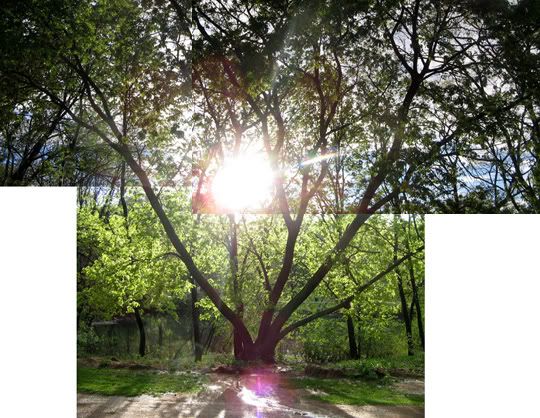
Urban species #138: Boxelder Acer negundo
This project has forced me to face a sad but plain fact. Almost every tree one sees in the city, did not grow there. Urban trees are captive-bred curiosities, chosen for the color of their leaf, fruit, or flower, and often cloned and greenhouse reared. From the nurseries they are carried on the backs of trucks and eventually dumped into a hole precisely where some human agency requested a tree be placed. These trees live, on average, between five and ten years.
Very few urban trees grow from a seed which through chance and providence gains purchase in the meager cracks in the pavement. But some do. Wind may carry the seeds, or birds may transport them in their digestive tracts. Maple trees often grow where no one intended--their seeds are winged samaras, produced in such volume that no squirrel or muskrat can eat them all. Boxelder, despite the name, is a maple that prefers to grow along the water, so its fruit may be carried by wind and water, before it sinks into mud and contemplates becoming a tree.
The boxelder sapling is thin and green, and gives all the appearance of being a simple weed. Then it stretches toward the sunlight, widens a bit as the green turns to tan bark, and in a few seasons is undeniably a tree. As it ages, the boxelder takes a spreading, multi-trunked shape. Boxelder grows quickly, but its wood is brittle. Because it is hardy in urban conditions, it was often planted in western, tree-poor cities, but its tendency to shed its limbs makes it a generally unpopular ornamental these days. It may be hard to recognize as a maple, as it has compound leaves that don't look like the classic maple leaf. Its name comes from its supposed resemblance to elder, and the fact that its wood was once used to make disposable containers. The alternate name "pinnate-leafed maple" is more accurate, but awkward.
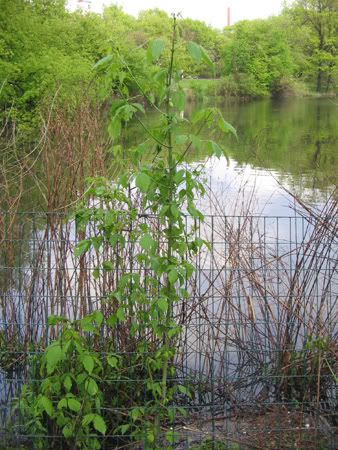
A young (second year?) sapling.
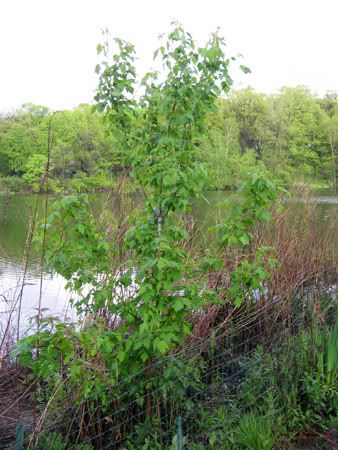
A somewhat older tree.
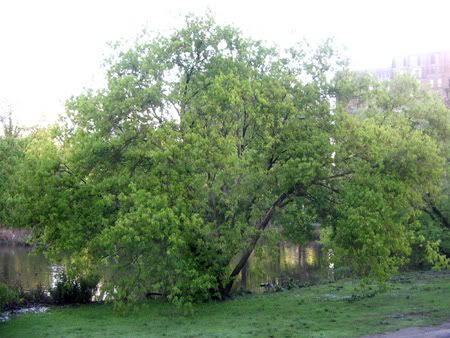
A mature boxelder. These first four photographs were all taken at Leverett Pond.
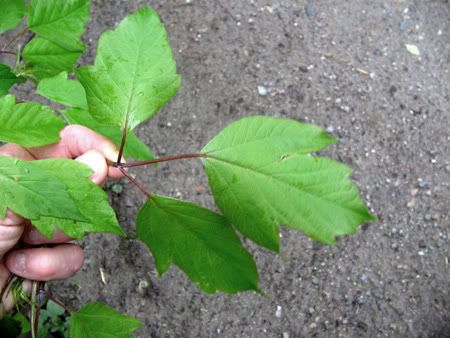
The pinnate, compound leaf.
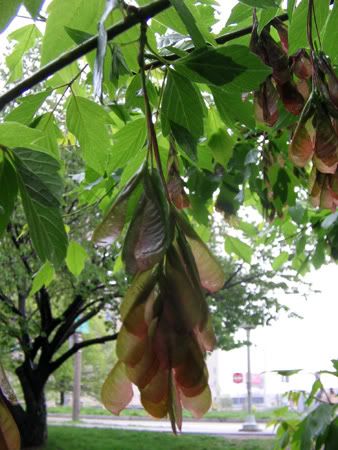
The foliage and fruit cluster.

A single samara. The two winged seeds of a boxelder samara are at a notably acute angle, compared with other maples.